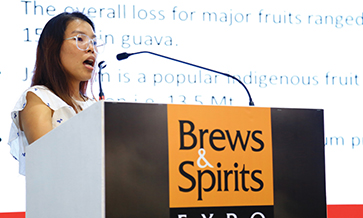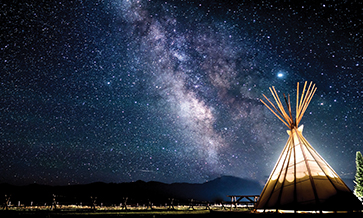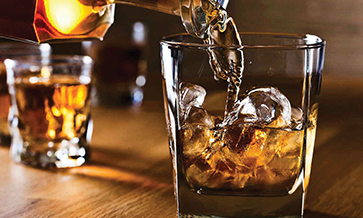Bartending has taught me far more than just the basics of what we need to know standing behind the bar. Like words we use without a thought while mixing a drink that mean more than just an action.
Yes we stir a classic martini, but we also stir ourselves out of a stupor and become aware of why we stirring. Of course we shake that margarita, but we also shake off the cobwebs that blur our minds and wake up to the complexities of that great drink!
We build a Bloody Mary while building our teams to work as one, and build our knowledge to become forces to reckon with. We muddle to bring out flavours that make the Mojito while sorting out the muddle that hounds our lives.
Like the English language, a lot that we were not good growing up suddenly sees light in the euphoric world of bartending.
I understood the various revolutions and wars better seen through a haze of spirited libations. How the imperial ban on alcohol in Russia added fuel to the festering communist revolution. How Lenin saw the futility in continuing the ban saying “drunkenness was better than slavery”.
The Bloody Mary created at Harry’s Bar in Paris signified the cup of blood on Queen Marie Antoinette’s beheading, when she told hungry subjects to eat cake if they didn’t have bread! Or how British soldiers fought with the Dutch and learned about Dutch Courage (gin or jenever) that they drank to give them that glint in the eye.
Later, William of Orange ascended the British throne alongside Queen Anne. And gin became the patriotic spirit to drink – which led to a period of chaos and utter debauchery. Even further back it was Catherine de Medici of Spain who introduced sweet liqueurs to the French court in the 16th Century when she married Henry II of France.
I discovered that 1830 (the year the Coffey column still was patented) did not mean the 18th Century but rather the 19th! I was mortified. It was the creation of blended scotch as a category that alerted me on the Phylloxera plague that almost destroyed the French vineyards in 1880.
That stopped the supply of brandy to England (brandy and soda was their main tipple then) which allowed scotch entry. The British Empire then took it everywhere they went, and the rest is history!
The two World Wars and the Allied leaders strategising over martinis. The French 75 cocktail inspired by the guns from WW-I, Kamikaze shots inspired by the Japanese fighter pilot suicide squad.
The prohibition in the USA from 1920-1933, leading to the underground speakeasy bars where the famous and the criminal rubbed shoulders. It was the time of cocktail revolution to mask the flavours of some very bad bootleg. How FDR repealed prohibition with a martini in his hand.
And rum… Which takes one back to the discovery of the coffin-shaped island of Barbados, RL Stevenson’s Treasure Island and “rumbullion”. This led to the big slavery triangle, the Caribbean islands, rum stills and slaves that gave us this amazing cane spirit….
Which the British armed forces adopted with a vengeance and became the front runner of all the armed forces the British Empire touched, including ours. While absorbing all of this, I discovered the map of the world and how the seas and the continents were aligned.
Whisk(e)y taught me about the Atlantic ocean that bridged the expanse of the whiskey nations of Scotland and Ireland from the Americas. The Raki, Ouzo and Pastis trail showed me the route from the Middle East to Europe.
What I learned in the bar that the classroom so utterly failed to teach me. And yes, the only mathematics I still know is taking inventory and planning lists for events. It has been a journey of discovery via shaking, stirring, teaching, introspection and, most of all, sharing and believing.
Here’s to finding your spirit – whether in the glass or in your soul. It makes you discover who you are, which allows you to become who you will be.












